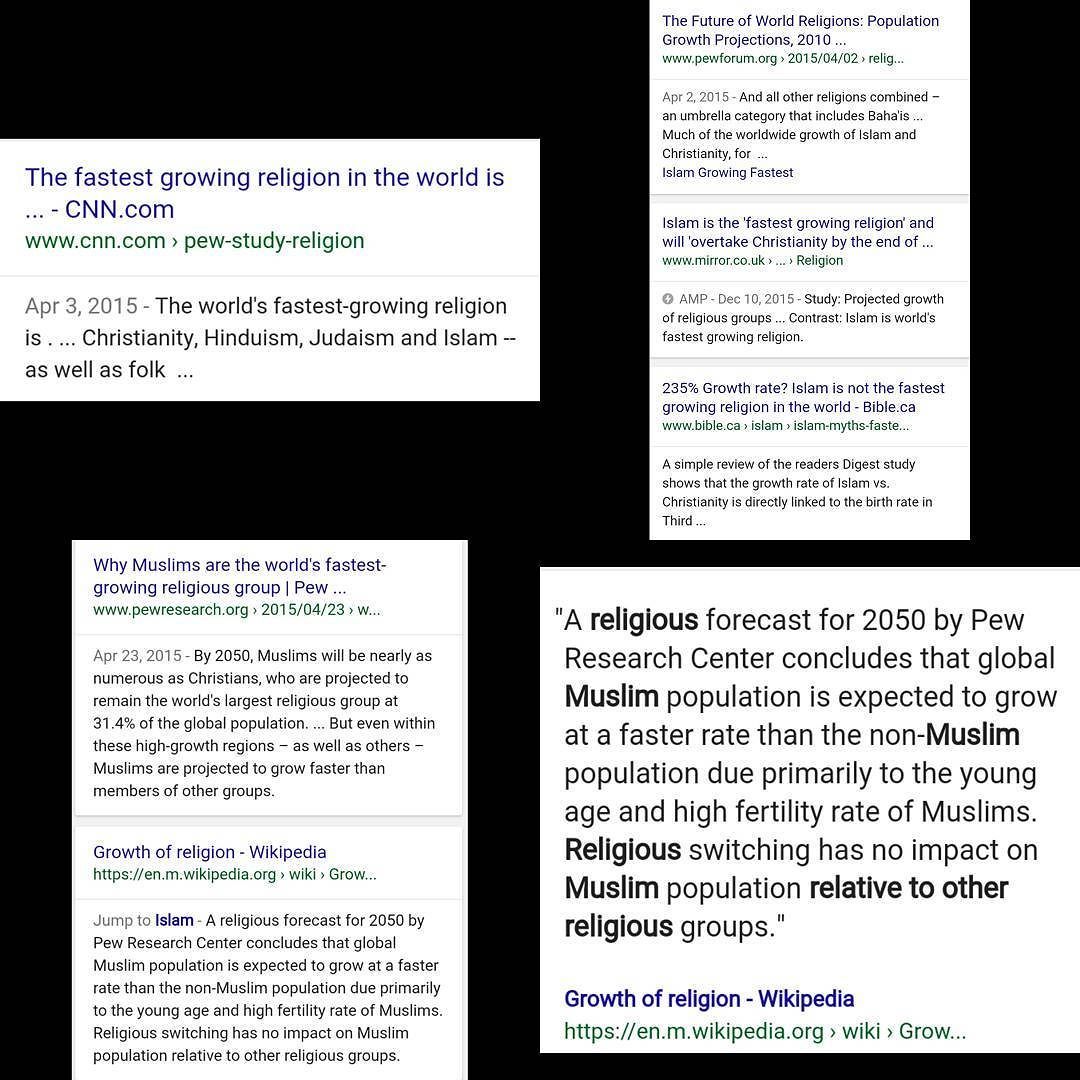Understanding the Historical Religion of Jesus: Facts, Context, and Guidance
Introduction: Why Knowing Jesus’ Religion Matters
Understanding the historical religion of Jesus is essential for anyone interested in religious studies, history, or the roots of major world faiths. Rather than relying on assumptions or traditions, we can turn to verified historical records and scholarly consensus to clarify what religion Jesus practiced, his context, and what this means for modern readers. This article provides a comprehensive, evidence-based overview, actionable research steps, and guidance on how to further investigate this topic using the most reliable methods and sources available today.
The Historical Identity of Jesus: Scholar Consensus
Almost all professional historians and scholars of antiquity agree that Jesus of Nazareth was born, lived, and died as a Jew in first-century Roman-occupied Palestine. According to the Wikipedia entry on the historical Jesus , he is regarded as a Galilean Jew who lived at a time of heightened messianic and apocalyptic expectations among his people [1] . His teachings, practices, and community interactions are consistently described in terms of Second Temple Judaism, the form of Judaism practiced during that period.

Source: pixabay.com
Jesus’ religious identity is further affirmed by the earliest sources about his life. The synoptic gospels (Matthew, Mark, and Luke) are the primary sources of information and consistently depict him as a Jewish teacher, using Jewish scriptures, and engaging with other Jews about Jewish law and tradition [3] .
Ancient Historical References to Jesus’ Religion
References to Jesus by non-Christian historians from the first and early second centuries reinforce his Jewish background:
- Josephus , a first-century Jewish historian, describes Jesus as a wise man and a teacher who was called the Christ. His accounts, especially the reference to Jesus as “the brother of James, who was called Christ,” are widely accepted as genuine and independent confirmation of Jesus’ existence and Jewish context [1] , [2] , [4] .
- Tacitus , a Roman historian, notes that Jesus was executed by Pontius Pilate and that his followers were known as Christians. Tacitus’ account, written with distance from Christian bias, supports the claim that Jesus was a historical figure, executed as a Jew under Roman rule [1] .
These sources, combined with the writings of Paul (who personally met Jesus’ brother James), confirm that Jesus was recognized as a Jew by both followers and contemporary outsiders [3] .
What Did Jesus Practice? Jewish Customs and Religious Life
Jesus’ life and teachings were deeply embedded within Second Temple Judaism . This included:
- Observing Jewish festivals and Sabbath : Jesus is consistently described as participating in major Jewish festivals (such as Passover) and attending synagogue services.
- Engaging with Jewish law : He debated and interpreted the Torah (Jewish law) with other Jewish teachers (Pharisees, Sadducees, scribes).
- Quoting Hebrew Scriptures : Jesus frequently referenced the Hebrew Bible (Old Testament) in his teachings.
There is no credible historical evidence that Jesus ever identified himself as anything other than a Jew. His earliest followers were also Jews who understood his teachings within Jewish categories before the development of Christianity as a separate religion [3] .
Common Misconceptions: Christianity and Jesus’ Religious Identity
It is important to clarify that Christianity as a distinct religion developed after Jesus’ death . Jesus did not teach or practice Christianity, as the movement named after him only began to emerge as a separate faith decades later, largely through the missionary efforts of Paul and others. Early followers saw themselves as part of Judaism, viewing Jesus as the Messiah within their own tradition. Over time, theological and cultural differences led to the gradual separation of Christianity from Judaism. Misconceptions often arise from retroactively projecting later developments onto Jesus’ own life and context.
How to Access Reliable Information and Conduct Further Research
If you want to learn more about Jesus’ religious background or verify scholarly claims, you can:
- Consult academic sources, such as university libraries or peer-reviewed journals on religious studies or history. Searching for “historical Jesus” or “Second Temple Judaism” in academic databases (like JSTOR or Google Scholar) can yield reliable studies.
- Visit established encyclopedias or educational websites. For example, the Wikipedia article on the historical Jesus provides an overview with references to primary sources and further reading [1] .
- Look for works by recognized historians and scholars such as Bart Ehrman, Paula Fredriksen, E.P. Sanders, or Geza Vermes, who have published extensively on the historical Jesus and Second Temple Judaism.
- Engage with interfaith or university-sponsored lectures and courses, which often provide nuanced and evidence-based perspectives.
Step-by-Step Guidance for Verifying Religious History
To independently verify claims about Jesus’ religion, follow these steps:
- Start with Primary Sources: Read the synoptic gospels (Matthew, Mark, Luke) and the letters of Paul. These are the earliest existing writings about Jesus and his followers.
- Check Non-Christian Historical Accounts: Review references to Jesus in Josephus and Tacitus. You can find translations and historical commentary in academic publications and university libraries.
- Compare Scholarly Analysis: Read recent books and articles from experts in Jewish and Christian history. Be sure to check publication dates and publisher reputations for reliability.
- Seek Multiple Perspectives: Consider both Jewish and Christian scholarly viewpoints to understand where interpretations may differ and where they agree.
- Verify Source Authenticity: Only trust information from well-established institutions, academic presses, and reputable websites. Double-check any URLs and avoid unverified claims or anonymous sources.
Potential Challenges and Solutions
Some challenges in researching Jesus’ religion include:
- Conflicting Interpretations: While most historians agree on Jesus’ Jewish identity, different religious traditions may emphasize different aspects of his teachings. To navigate this, prioritize peer-reviewed historical research over theological opinion.
- Outdated or Biased Sources: Always check the date and credentials of any article or book. Older works may not reflect recent discoveries or scholarly consensus.
- Lack of Access: If you cannot access academic journals, use public resources like major university or national libraries, or request assistance from reference librarians.
Alternative Approaches for Deeper Understanding
For those looking to expand their inquiry:
- Participate in university extension courses or online classes on religious history.
- Engage with interfaith dialogue groups that study the historical Jesus from multiple perspectives.
- Attend lectures or webinars by recognized scholars, many of which are available through university or museum websites.
- Visit museums with collections on ancient Judaism and early Christianity for material culture insights.
Summary: Key Takeaways on Jesus’ Religion
All available historical evidence, both from within early Christian writings and from non-Christian sources, confirms that Jesus was a practicing Jew and lived entirely within the context of Second Temple Judaism. Christianity developed after his death, as his followers reinterpreted his teachings and life in new ways. To verify or learn more about this topic, use academic resources, consult primary historical texts, and prioritize information from established, reputable sources. For guidance, always check official university, library, or well-known reference sites. By following these steps, you can be confident in the accuracy and reliability of your understanding of Jesus’ religious background.

Source: biblword.net
References
- [1] Wikipedia (2024). “Historical Jesus” – Scholarly overview, citations, and external links.
- [2] Bethinking (2017). “Ancient Evidence for Jesus from Non-Christian Sources” – Analysis of Josephus and other early references.
- [3] Wikipedia (2024). “Historicity of Jesus” – Primary source analysis and scholarly consensus.
- [4] Bible Archaeology Report (2022). “Top Ten Historical References to Jesus Outside of the Bible” – Summaries and citations.
MORE FROM cheerdeal.com













